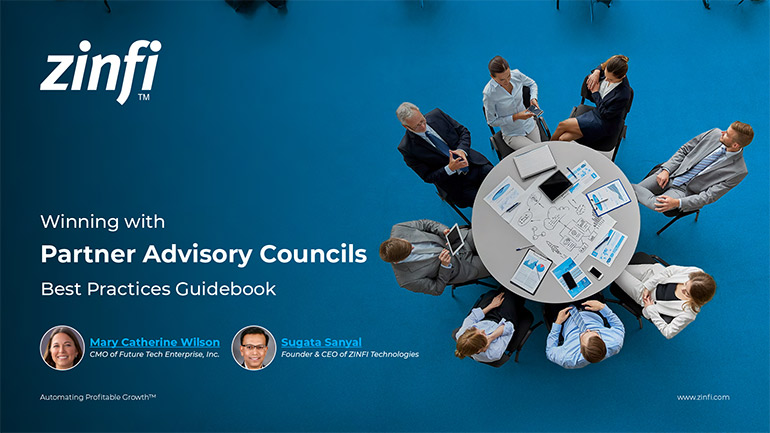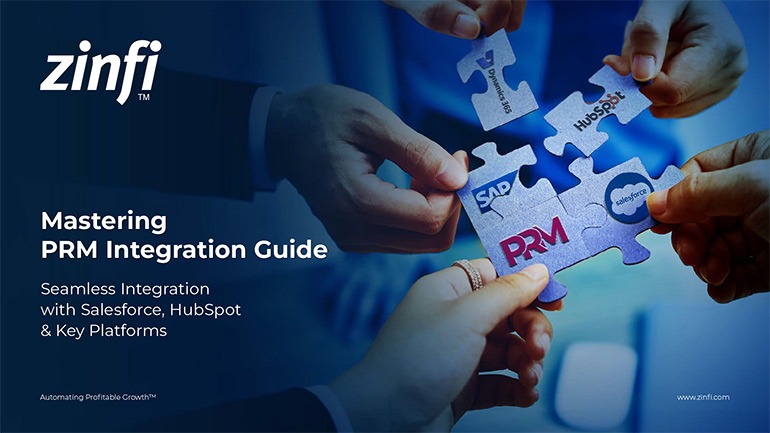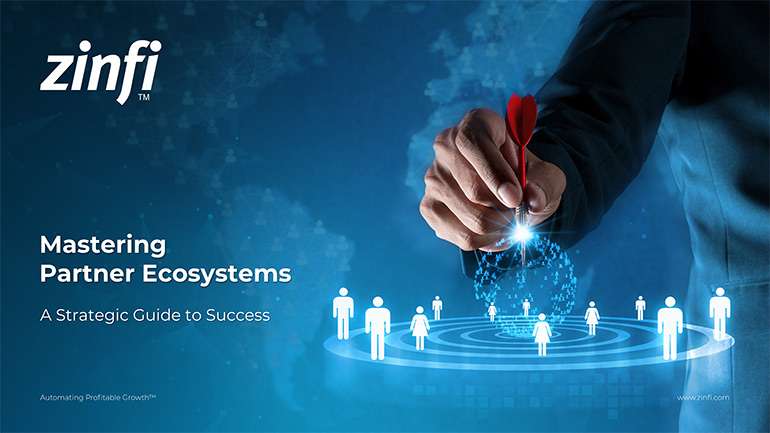Best Practices Articles

Lead Management as a Key Channel Management Capability
Leads, leads everywhere—but not a single one to close. Isn’t this what you hear almost every day from vendors and their partners? Vendors spend millions on end-user marketing to generate leads, while partners rarely follow up to close on them. That’s what a vendor would say. On the other hand the partners say, “Well, I never get a good lead from my vendor. How can I grow their business without decent leads?” This is where good lead management can save the day.
A channel is primarily a fulfillment mechanism. Yes, it can generate demand to extend a run rate business, but the primary purpose of a channel is to close and deliver. The job of marketing really belongs to the vendor. This is why lead management is so important. If it is not done right, not only do millions go to waste, but partner satisfaction—and ultimately business growth—drops substantially.
The good news is that there are now state-of-the art lead management systems available in the marketplace for channel professionals. Once you deploy an end-to-end lead management system, it will not only increase lead-to-revenue conversion rates substantially, but also it will reduce the hours you spend in managing leads manually or via an existing CRM system. While CRMs were designed for lead management, they are primarily a tool for indirect sales. That’s why a purpose-built lead management system for channel managers is essential to drive channel sales productivity to the next level. Let’s explore in a bit more detail how this can be done.
- Partner profile management: Before you deploy a lead management capability, it is essential to profile your partner base and organize them into groups by determining their sales competency, revenue velocity, market focus and other parameters. Once you have created these groups in your partner portal or in a partner relationship management system, you are now able to assign these groups for various lead management activities that match their profile.
- Lead distribution policy: Once you have your partner groups set up, the next step is to figure out who gets what. Your organization may be generating thousands of leads per month. Do all leads go to a handful of partners, or are the leads distributed to all partners, or is it somewhere in between? Do you want to allocate healthcare leads to partners who have deep practices in healthcare? That would make sense, right? Are you going to have “open accounts” (all can pursue) or “named accounts” (dedicated to a few partners)? There are many other elements that should be considered in your lead distribution policy. So, thinking through your lead distribution policy in detail is the second most important step for your lead management activity.
- Lead lifecycle management: Once you have distributed a lead, your lead lifecycle management approach will clearly define how you manage the response behaviors of your channel partners. Do your partners get seven days or 30 days to follow up and close out a lead or take it to the next level? What happens if they don’t follow up within a given time? Do you take the lead back and give it to another partner? What happens if the first partner continues to follow up despite your transferring that lead to some other partners? You will have to think through these lead management implications to make sure that when you automate the processes, they reflect your true channel policy.
- Automating lead management: Once you have figured out how you will drive lead management, then you need to look for a purpose-built lead management system. The same old CRMs we’re all familiar with don’t really work for a distributed channel organization. Even though you can technically make your existing CRM work (see Why CRMs Don’t Work as Partner Relationship Management Systems), the cost and complexity of doing so always makes a dedicated lead management system a much better choice.
- Lead management reporting: Once you have deployed lead management policies and automated via a lead management system, it’s crucial to focus on reporting. You should have dedicated lead management resources by each geography and territory (depending on volume). You also need to make sure there is reporting that allows you to immediately see at each level what is working and what is not. Having a business intelligence (BI) engine as an integrated part of your lead management capability is critical. When you are selecting a lead management system, make sure the system allows you to slice and dice the data using parameters that inform your channel strategy.
Building lead management as a key channel management capability is critical, because—as we noted earlier—the channel is primarily a fulfillment arm. While the vendor should always enable partners with partner marketing management (PMM) tools, the vendor can never relinquish its primary responsibility of generating leads and giving them to partners to follow up on and close. You don’t expect your sales people to generate your own leads; you have marketing people to do the job for them. So why wouldn’t you do the same for your channel partners, whom you call resellers (and not remarketers)? A purpose-built lead management system will make that job much easier.
Best Practices Guidebook
 Winning with Partner Advisory Councils: Best Practices for Partner Engagement & Growth
Winning with Partner Advisory Councils: Best Practices for Partner Engagement & GrowthDownload Guide
 The Future of Partner Ecosystems Best Practices
The Future of Partner Ecosystems Best PracticesDownload Guide
 The AI Revolution: How Technology and Talent are Shaping the Future
The AI Revolution: How Technology and Talent are Shaping the FutureDownload Guide
 Top 105 Partner Management Metrics that Matter Best Practices
Top 105 Partner Management Metrics that Matter Best PracticesDownload Guide
 Mastering PRM Integration Best Practices
Mastering PRM Integration Best PracticesDownload Guide
 Building a Sales Partner Portal with Salesforce Best Practices
Building a Sales Partner Portal with Salesforce Best PracticesDownload Guide
 Building and Managing Partner Ecosystems Best Practices
Building and Managing Partner Ecosystems Best PracticesDownload Guide
 Mastering Co-Marketing and Co-Selling Best Practices
Mastering Co-Marketing and Co-Selling Best PracticesDownload Guide
 Transforming Partner Ecosystems Best Practices
Transforming Partner Ecosystems Best PracticesDownload Guide
 Mastering Partner Ecosystems Best Practices
Mastering Partner Ecosystems Best PracticesDownload Guide
 Mastering Partner Onboarding Best Practices
Mastering Partner Onboarding Best PracticesDownload Guide
 Partner Ecosystem Management Best Practices
Partner Ecosystem Management Best PracticesDownload Guide
 B2B Marketing in the Age of Intelligence Best Practices
B2B Marketing in the Age of Intelligence Best PracticesDownload Guide
 Multi-Partner Co-Selling Best Practices
Multi-Partner Co-Selling Best PracticesDownload Guide
 A Guide to Enhance Channel Sales Efficiency
A Guide to Enhance Channel Sales EfficiencyDownload Guide
 Mastering Affiliate Marketing Best Practices
Mastering Affiliate Marketing Best PracticesDownload Guide
 The Ultimate Guide to Channel Partner Management
The Ultimate Guide to Channel Partner ManagementDownload Guide
 Top 10 Trends in 2024 Partner Relationship Management
Top 10 Trends in 2024 Partner Relationship ManagementDownload Guide







